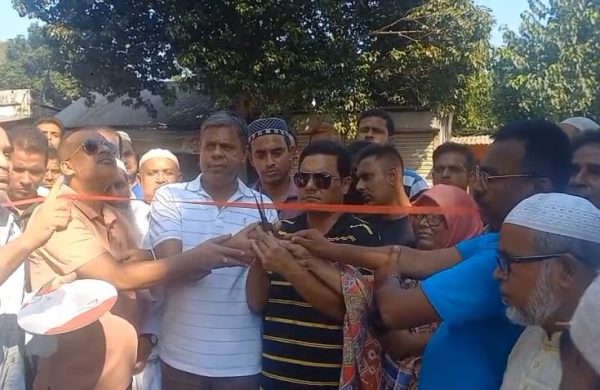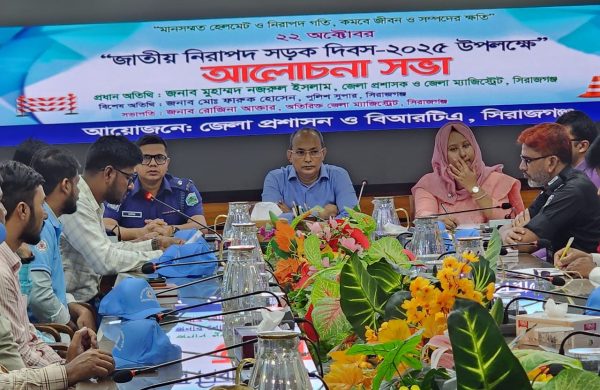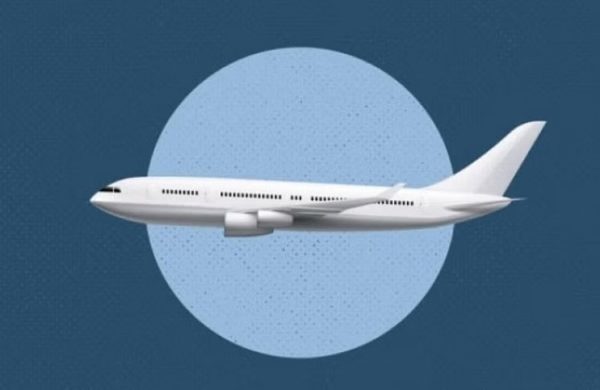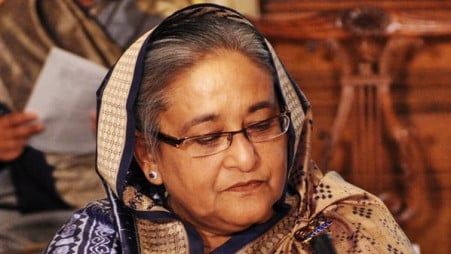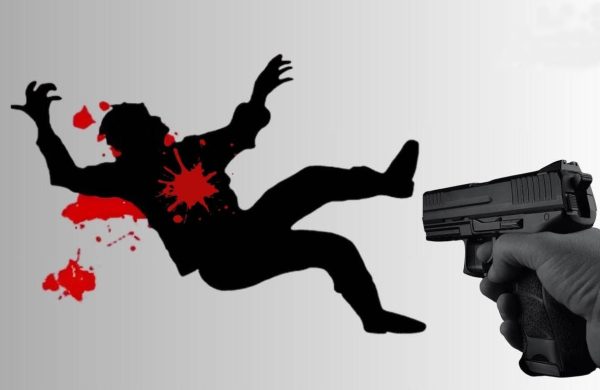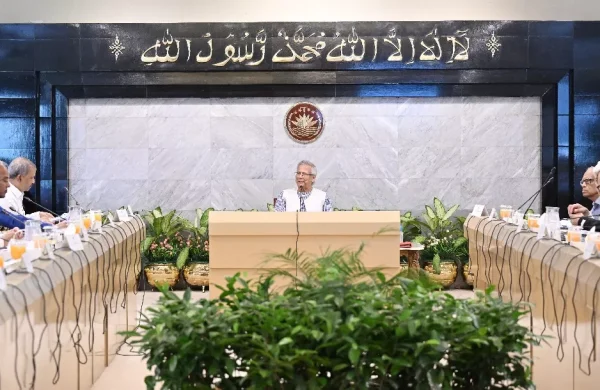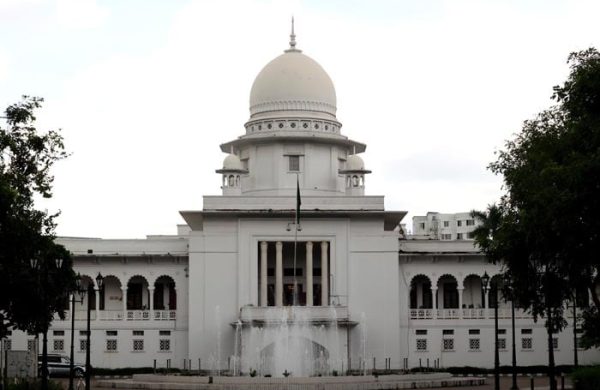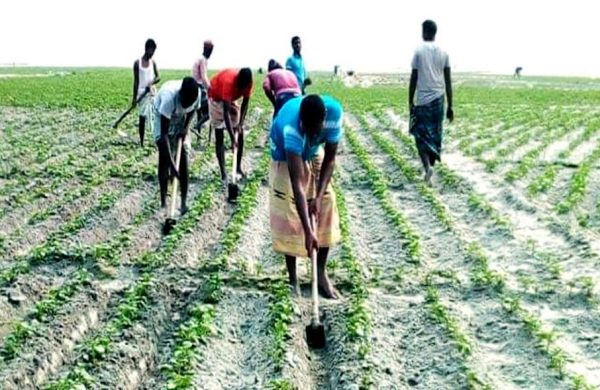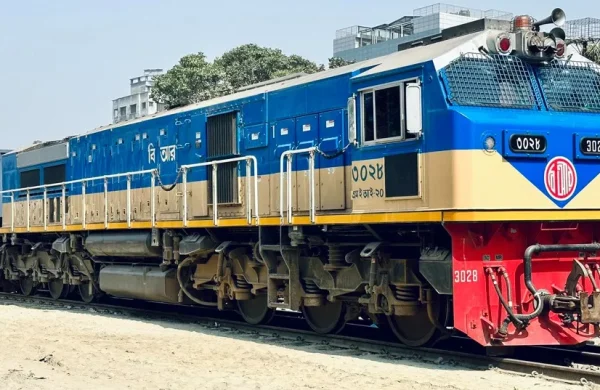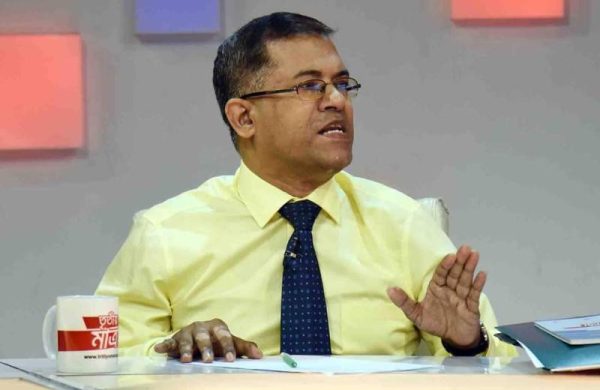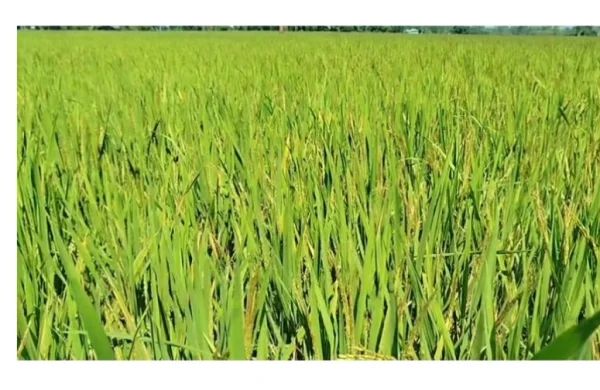A cup of tea and bread: The diet of a rickshaw puller
- Update Time : Friday, January 24, 2025
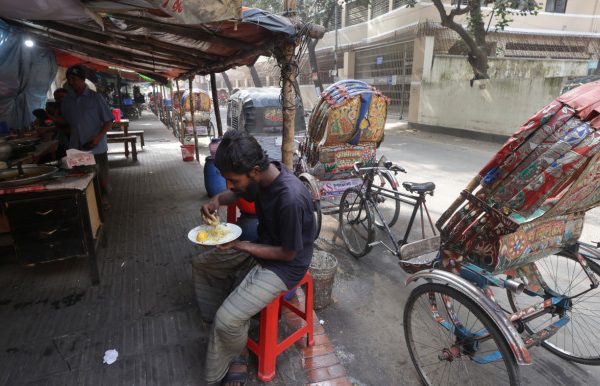
TDS Desk
I was running late for work when I stopped at a roadside tea stall — locally known as a tong dokan — for a quick snack. A cup of tea and a piece of bread seemed like the perfect on-the-go breakfast.
I noticed a group of rickshaw pullers doing the same as I looked around: sipping tea, dipping bread into their cups, and taking small bites. For a moment, it struck me — we were not so different, sharing this same snack.
But then, a series of questions began to swirl in my mind.
What does a rickshaw puller eat all day? Where do they eat? What is on their menus for breakfast, lunch and dinner? How much does it all cost?
Take Anwar, for example. He is 47 and has been pulling a rickshaw in Dhaka for nearly 18 years. His day starts at fajr hour when he catches a train from Narayanganj to the city. By 8am, he is out on the roads. Breakfast, typically around 10am, is simple — tea, bread and a cigarette at a tong dokan. This routine snack repeats several times a day after a few trips.
Have you wondered if rickshaw pullers ever manage to enjoy biryani, polao, rezala, mutton or tehari? Interestingly, a whole different market exists for occasional delicacies primarily targeting low-income buyers like rickshaw pullers. What do you think happens to leftover food from weddings or birthday parties? Some of it ends up on their plates.
For lunch, Anwar heads to the food stalls near Hakim Chattar at Dhaka University, where a plate of khichuri or fried rice costs around Tk45. Dinner is at home, usually rice and vegetables.
“How often do you eat eggs or meat?” I asked. “Not often,” he replied. “Maybe once a week.” His daily food expenses? About Tk150, most of which is spent on several rounds of snacks.
Let us break that down: A piece of bread costs Tk10–15, tea costs Tk10, a banana goes for Tk10 and a cigarette for another Tk10. That is roughly Tk40 per snack.
“For many rickshaw pullers, the cigarette is a must,” said Sohel, a tea stall owner. The bread has carbohydrates and bananas are rich in potassium, providing the much-needed energy to fuel their bodies.
Lunch is often more substantial, but still modest. At roadside eateries, where prices are low, a typical order within Tk50 includes rice, lentils, bharta (mashed eggplant, potato or coriander), bhaji (stir-fried vegetables like bitter gourd or beans), and occasionally an egg.
Fish or chicken curry is available but often skipped to save money. A plate of rice is Tk10, bharta Tk20–30, lentils and bharta Tk30, fish Tk50 and chicken Tk60.
Have you wondered if rickshaw pullers ever manage to enjoy biryani, polao, rezala, mutton or tehari? Interestingly, a whole different market exists for occasional delicacies primarily targeting low-income buyers like them.
But here is a quick question before I proceed: What do you think happens to leftover food from weddings or birthday parties? You might be surprised to learn that some of it ends up on their plates.
Vendors purchase the leftovers from community centres and resell it to low-income communities. This can sell for as much as Tk250 per kilogram and is sold in vans. A plate of biryani might cost as little as Tk10-20.
You would find such places at Mirpur Mazar Road, Mohakhali (near icddr,b), Shahzadpur, National Press Club, and the Jatrabari and Karwan Bazar areas of the capital.
Not all leftovers are the same. Some are unsorted scraps collected at the end of events, while others are carefully separated portions. The former is sold cheap, while the latter is more profitable — purchased for Tk100 per kilogram and resold at double the price.
One vendor, Abdul Goni, told a bit about the market, “Supplies usually arrive between 5pm and 7pm from various community centres. Fridays bring in the largest crowds.”
When asked about the menu, he listed mutton, chicken curry, rezala, chicken roast, kebabs, borhani, jarda, firni, polao, white rice, tehari, and biryani — basically everything. Prices depend on freshness; a plate of fresh tehari sells for Tk50, while slightly stale portions drop to Tk20.
By midnight, the food begins to lose its freshness. Standing by a van, I watch a rickshaw puller request a plate of polao and chicken roast, which he gets packed to take home. “It’s cheap, so I don’t mind,” he says with a shrug, admitting he’s a regular customer.
Whatever remains unsold is taken home, refrigerated and reheated for sale the next day.
Several voluntary organisations operate community kitchens aimed at supporting low-income people. One such organisation is Pashe Achi Initiative, founded during the Covid-19 pandemic. I spoke with Rifat Ahmed Kabir, one of its co-founders, about their efforts.
They run the Aam Janatar Hotel in Dhanmondi, where meals are offered at little to no cost. The kitchen operates three to four days a week, mainly on weekends, serving 350 to 1,000 people per session. The menu typically includes rice, lentils, and chicken curry.
However, this effort alone cannot address the broader issue of food insecurity among rickshaw pullers.
“Their diet is neither healthy nor adequate,” said Khandoker Abdus Salam, a consultant at the Bangladesh Institute of Labour Studies (BILS). “A healthy individual requires approximately 2,100 calories per day, but the meals rickshaw pullers consume rarely meet this standard.”
Returning to Anwar, I asked if he feels satisfied after his meals. “Not really,” he replied. He frequently experiences chest pain and fever. A 2019 study by BILS revealed that 94% of rickshaw pullers suffer from some form of health complications including fever, cold and cough, pain, weakness, jaundice and dysentery.
According to Salam, addressing this issue requires two key measures.
“First, the government must bring all rickshaws under a licensing system. Second, it should implement food rationing through ration cards. Licencing would not only regulate the number of rickshaws but also generate revenue for the government,” he explained.
He criticised Trading Corporation of Bangladesh’s (TCB) decision to halt its programmes.
“With growing inflation, the TCB trucks have decided to stop operating. What are the poor people supposed to eat? Has the government considered their plight?”
A 2019 BILS study estimated that there were around 11 lakh rickshaws in Dhaka. However, no follow-up studies have been conducted, and the Dhaka city corporations’ websites lack updated figures.
Salam speculates that the number has now risen to 13 or 14 lakhs, given an annual influx of approximately 50,000 new rickshaws. The city corporation stopped issuing rickshaw licences in 1986, leading to unregulated growth and leaving rickshaw pullers in a precarious position.
“During the July uprising last year, rickshaw pullers and day labourers stood shoulder to shoulder with students, offering help with generosity. Without the rickshaw pullers who voluntarily transported the injured to hospitals, the casualties could have been far worse. And what was their reward? The government imposed a ban on auto rickshaws. It seems no one pays heed to their struggles, simply because they are among the most vulnerable,” remarked Khandoker Abdus Salam.
I could not help but wonder: What does it take for a society to truly care for those who carry its weight, quite literally, every single day?


